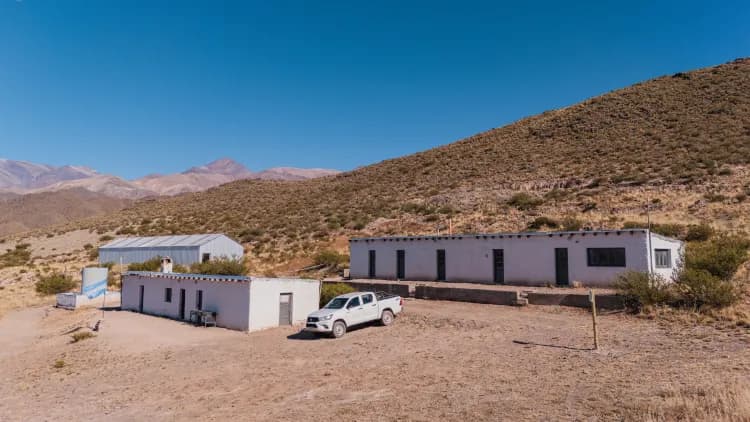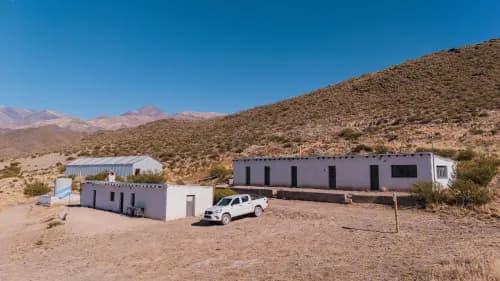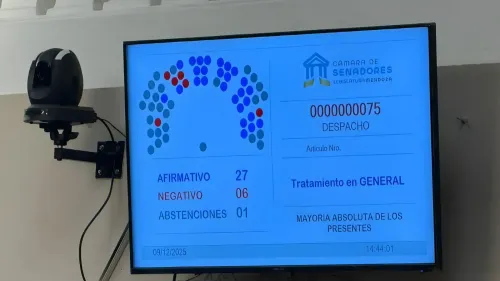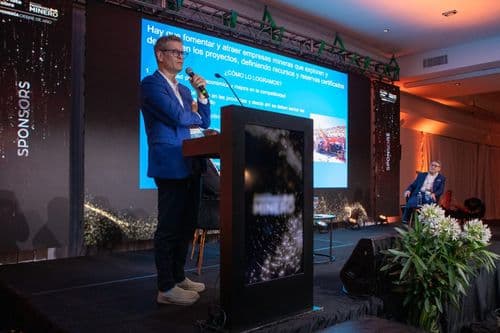Sandvik Mining has announced a new feature within its AutoMine® system: Surface Fleet, a tool that enables the operation and supervision of more than 15 i-series surface drill rigs from any connected location. The solution aims to enhance operational continuity during shift changes, reduce downtime, and facilitate the remote management of drilling fleets in surface mining operations.
By Panorama Minero
The system integrates FleetFlex, a function that allows simultaneous equipment transfers between workstations, improving the efficiency of managing large fleets. It is also compatible with the AutoMine® Universal Station, enabling the operation of both boom-type and rotary drills in complex geological environments and under challenging weather conditions.
“The technology was designed to maintain operational performance regardless of the environment,” said Severi Eerola, Product Line Manager for Surface Automation at Sandvik. “It allows continuous operation even during blasting delays.”
Drilling Automation: Stability, Precision and Repeatability
AutoMine® Surface Fleet includes the AutoCycle functionality, which automates tasks such as stabilization, precise positioning, drill initiation, rod handling, hole completion, and movement to the next drill point. This reduces direct operator intervention while maintaining real-time remote supervision.
The system can control individual units or entire benches, with integrated features such as accurate positioning and obstacle detection.
Field Evaluation in Kevitsa, Finland
The tool was tested at the Boliden Kevitsa open-pit mine in northern Finland, known for its mixed geology and seasonal challenges.
“At Kevitsa, we deal with complex mineralogy, ductile rock, and adverse conditions such as water and freezing. Implementing AutoMine® Surface Fleet helped us maintain operational stability under these circumstances,” said Juha Ranta, Drilling Development Manager at Boliden Kevitsa.
The company also highlighted the ability to switch between autonomous and remote operation modes, along with Sandvik’s technical support, as key factors during the implementation process.
“The partnership with Sandvik and the introduction of this technology were decisive in improving field efficiency,” added Tom Söderman, CEO of Boliden Kevitsa.

Operator Training and Technological Transition
The system is also designed to support the transition to automated models, with a focus on operator training in real operational environments, guided by experienced personnel.
AutoMine® Surface Fleet is part of Sandvik’s broader development strategy to integrate technology, safety, and operational performance in surface drilling, with potential applications across a variety of mining contexts.


























